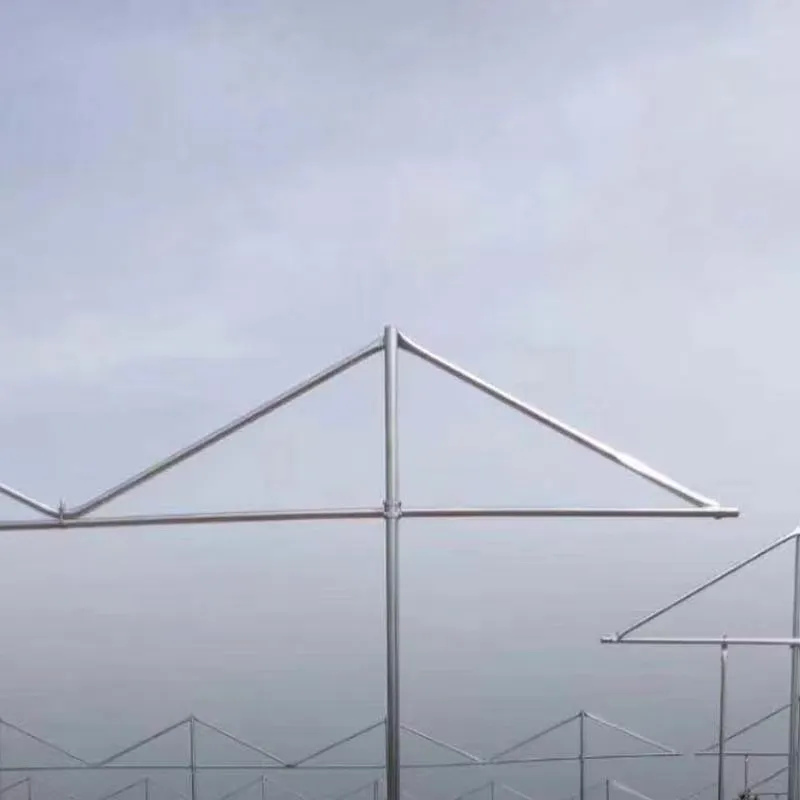-
 Afrikaans
Afrikaans -
 Albanian
Albanian -
 Amharic
Amharic -
 Arabic
Arabic -
 Armenian
Armenian -
 Azerbaijani
Azerbaijani -
 Basque
Basque -
 Belarusian
Belarusian -
 Bengali
Bengali -
 Bosnian
Bosnian -
 Bulgarian
Bulgarian -
 Catalan
Catalan -
 Cebuano
Cebuano -
 China
China -
 Corsican
Corsican -
 Croatian
Croatian -
 Czech
Czech -
 Danish
Danish -
 Dutch
Dutch -
 English
English -
 Esperanto
Esperanto -
 Estonian
Estonian -
 Finnish
Finnish -
 French
French -
 Frisian
Frisian -
 Galician
Galician -
 Georgian
Georgian -
 German
German -
 Greek
Greek -
 Gujarati
Gujarati -
 Haitian Creole
Haitian Creole -
 hausa
hausa -
 hawaiian
hawaiian -
 Hebrew
Hebrew -
 Hindi
Hindi -
 Miao
Miao -
 Hungarian
Hungarian -
 Icelandic
Icelandic -
 igbo
igbo -
 Indonesian
Indonesian -
 irish
irish -
 Italian
Italian -
 Japanese
Japanese -
 Javanese
Javanese -
 Kannada
Kannada -
 kazakh
kazakh -
 Khmer
Khmer -
 Rwandese
Rwandese -
 Korean
Korean -
 Kurdish
Kurdish -
 Kyrgyz
Kyrgyz -
 Lao
Lao -
 Latin
Latin -
 Latvian
Latvian -
 Lithuanian
Lithuanian -
 Luxembourgish
Luxembourgish -
 Macedonian
Macedonian -
 Malgashi
Malgashi -
 Malay
Malay -
 Malayalam
Malayalam -
 Maltese
Maltese -
 Maori
Maori -
 Marathi
Marathi -
 Mongolian
Mongolian -
 Myanmar
Myanmar -
 Nepali
Nepali -
 Norwegian
Norwegian -
 Norwegian
Norwegian -
 Occitan
Occitan -
 Pashto
Pashto -
 Persian
Persian -
 Polish
Polish -
 Portuguese
Portuguese -
 Punjabi
Punjabi -
 Romanian
Romanian -
 Russian
Russian -
 Samoan
Samoan -
 Scottish Gaelic
Scottish Gaelic -
 Serbian
Serbian -
 Sesotho
Sesotho -
 Shona
Shona -
 Sindhi
Sindhi -
 Sinhala
Sinhala -
 Slovak
Slovak -
 Slovenian
Slovenian -
 Somali
Somali -
 Spanish
Spanish -
 Sundanese
Sundanese -
 Swahili
Swahili -
 Swedish
Swedish -
 Tagalog
Tagalog -
 Tajik
Tajik -
 Tamil
Tamil -
 Tatar
Tatar -
 Telugu
Telugu -
 Thai
Thai -
 Turkish
Turkish -
 Turkmen
Turkmen -
 Ukrainian
Ukrainian -
 Urdu
Urdu -
 Uighur
Uighur -
 Uzbek
Uzbek -
 Vietnamese
Vietnamese -
 Welsh
Welsh -
 Bantu
Bantu -
 Yiddish
Yiddish -
 Yoruba
Yoruba -
 Zulu
Zulu
commercial bird netting
The Importance of Commercial Bird Netting Protecting Crops and Livestock
Birds can be both beautiful and beneficial to our ecosystems; however, when it comes to agriculture, they can also be formidable foes. Commercial bird netting has emerged as an essential tool for farmers and agricultural producers looking to protect their crops and livestock from potential harm caused by various bird species. With the rise in organic farming and the demand for chemical-free pest control methods, bird netting offers an effective, environmentally friendly solution to mitigating avian interference.
The Importance of Commercial Bird Netting Protecting Crops and Livestock
Commercial bird netting is designed to create a physical barrier that prevents birds from accessing vulnerable plants and crops while still allowing sunlight, air, and rain to nurture them. The netting is typically made from durable polyethylene or polypropylene, materials that resist UV degradation and are lightweight, making them easy to install and maintain. Different hole sizes in the netting can be chosen based on the bird species targeted, ensuring maximum effectiveness while minimizing harm to non-target wildlife.
commercial bird netting

One of the significant advantages of bird netting is its flexibility. It is versatile enough to be used in various agricultural settings, from vineyards and orchards to vegetable gardens and open fields. Depending on the specific needs of the farm, netting can be draped over rows or spread across larger areas. Furthermore, it can be installed as temporary structures for seasonal crops or as long-term solutions for established orchards and vineyards.
In addition to protecting crops, bird netting can also be beneficial in safeguarding livestock feed storage areas. The presence of bird droppings can contaminate feed, leading to disease and additional healthcare costs for livestock. By using bird netting around feed storage, farmers can ensure that their animals have access to clean, uncontaminated food, ultimately promoting better health and productivity.
Moreover, the use of bird netting is an eco-friendly approach. Unlike chemical solutions, which can adversely affect the environment, bird netting does not harm birds or other wildlife. It provides a humane deterrent that allows birds to coexist with agricultural practices while protecting farmers’ interests.
In conclusion, commercial bird netting is a vital resource for modern agriculture. As farmers navigate the challenges of pest management, the use of netting proves that protecting crops and livestock can be done effectively and sustainably. By investing in high-quality bird netting, agricultural producers can safeguard their hard work from pesky avian adversaries, ensuring a successful and fruitful harvest year after year.
-
Shipping Plastic Bags for Every NeedNewsJul.24,2025
-
Safety Netting: Your Shield in ConstructionNewsJul.24,2025
-
Plastic Mesh Netting for Everyday UseNewsJul.24,2025
-
Nylon Netting for Every UseNewsJul.24,2025
-
Mesh Breeder Box for Fish TanksNewsJul.24,2025
-
Expanded Steel Mesh Offers Durable VersatilityNewsJul.24,2025











